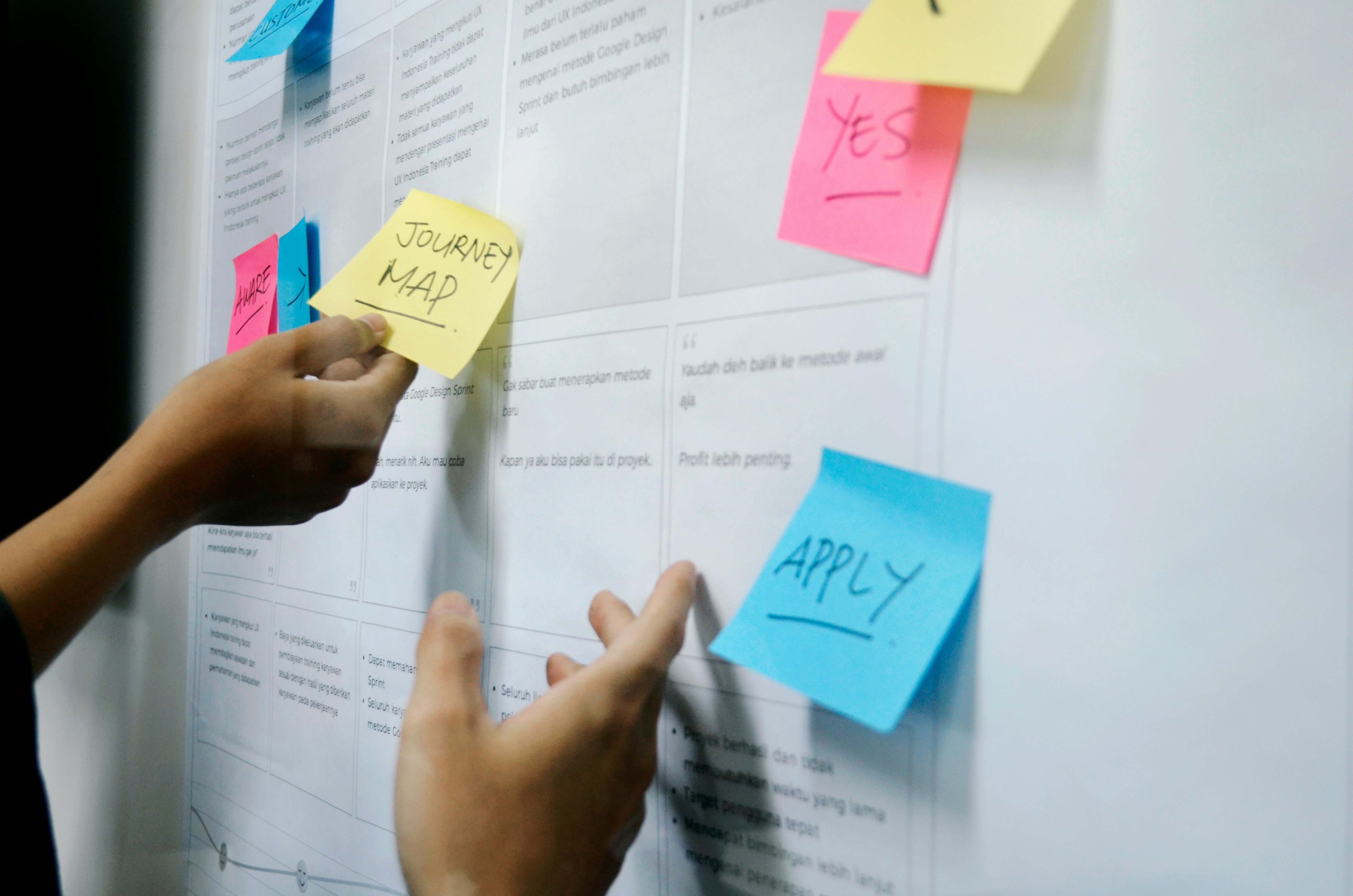Should I Make an MVP First?
“MVP”
2 min read
Written by Laura MacPherson, Jan 23, 2020

Building a minimum viable product (MVP) allows you to efficiently get a product into the marketplace that solves your customer’s primary pain point(s). MVP development gives your team a way to validate product assumptions by seeing how your users react to the product and learning what other features they would value. With an MVP, you can funnel your learnings into future development iterations.
But how do you choose which features to start with? This guide will tell you how to plan for your MVP development. You’ll learn how to select the initial feature set to give your MVP the best chance of success.
First, it’s important to note that core functionality does not necessarily mean stripped-down features. You should go through the exercise of separating the must-haves from the nice-to-haves. Ultimately, you want the product to have the features necessary to solve the primary pain point. We like to use the transportation analogy: we’re looking to build a bicycle or a scooter that will accomplish the goal and can be built upon later, not a car chasse that only gets us partway to a more robust solution.
An MVP provides invaluable learning that will drive future development. The build-measure-learn validation process sets the stage for future development iterations. This process helps to clarify future development priorities by providing direction for which app features will resonate with your target users. Leveraging this information helps you to better serve your customers without sinking significant up-front costs.
To launch a successful MVP, you must know who you are building the product for and have a thorough understanding of your users. Create a user persona to better understand your target audience for the product. A fictional representation of each user segment provides detailed information fueled by real data on a user type’s motivations, goals, and behaviors. Having this robust representation helps you to keep your user in mind to determine the best course of action when designing your product.
You will likely have multiple personas representing different user groups in your target audience with different needs and desires.
Now that you know your user personas, it’s time to map their journey through your MVP as you currently envision it. The end result will be a set of storyboards. Each storyboard should include all the steps each user type must go through to solve their pain with your product. Creating storyboards helps you think through how users can accomplish their goals as simply as possible. It also helps to reduce development risk by making sure the process will work and provides a positive user experience.
With your user personas in mind, study your storyboards. Could any of the processes be simplified? Is each of the functionalities necessary in order to solve the primary pain point? Is anything missing that’s essential to fully solving the primary paint point? Could any of the functionalities be handled manually for the purposes of the MVP? (For example, billing or commercial contractual agreements.) Any features that are not directly related to solving your users’ primary pain points should be saved for later development.
Harnessing the power of MVP development will give your startup the opportunity to launch a marketable product while minimizing cost and risk. This process enables you to learn what users want most (and what they don’t care about) so you can build a V2 that provides an even closer product-market fit.
Want to learn more about our SolutionLab workshop, where we help you build your best MVP? Get in touch.
Subscribe to our newsletter.

Want to build a product users love? Start by discovering what users need—and then build it.

Launching a successful product is challenging, but it doesn't have to be a gamble. There is a way to test the waters, validate your idea, and gather...
Post
Share